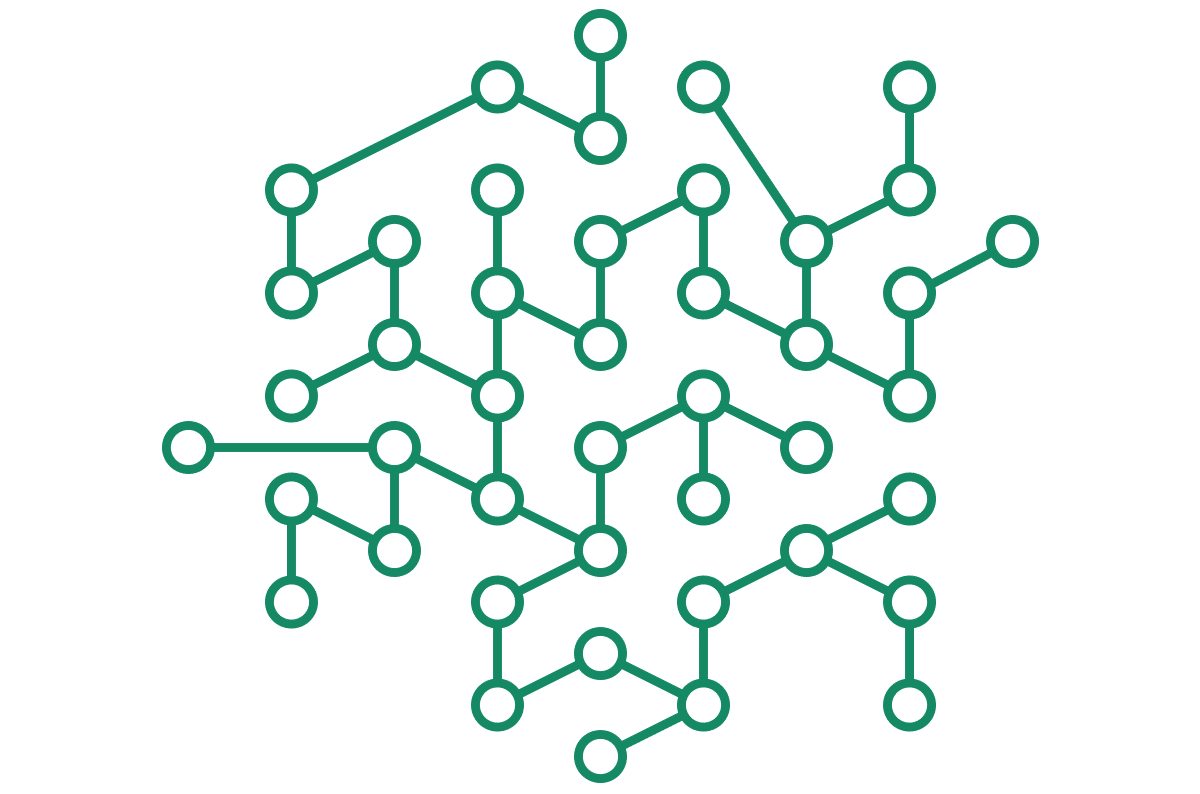|
Listen to post:
Getting your Trinity Audio player ready...
|
Corporate IT infrastructure has become crucial to the success of the modern business. Disruption in the availability of corporate applications and services will impact employee productivity and business profitability.
Companies are responsible for the resiliency of their own IT systems and this includes ensuring the constant availability of critical business applications for employees, customers, and partners. Network outages are possible; however, how rapidly the network recovers with minimal disruption to the business is what matters most.
Network redundancy is designed to limit the risk of a network outage halting business operations. Building resiliency and redundancy into the corporate network enables an organization to rapidly recover and maintain operations.
Impact of Network Redundancy
Network redundancy is designed to ensure that no single point of failure exists within an organization’s network infrastructure. This benefits the modern business in numerous ways:
- Security: Network outages occur, and the impact can be measured in numerous ways, including the network security impact. Network outages caused by DDOS or other such attacks will have a significant impact on day-day business operations, affecting branch and remote workers, thus impacting some of their enterprise security protection. Such incidents are also used to launch stealth attacks on critical business systems to further damage business operations. Network redundancy improves security by providing alternate routes for impacted network traffic, thus reducing the chances of experiencing outages that place business resources and the network at risk.
- Performance: If an organization is dependent on a single network link or carrier, then its network performance is only as good as that carrier’s network. If the provider suffers an outage or degraded performance, so does the company. Network redundancy can enable an organization to optimize its use of multiple network carriers to avoid outages or degraded service.
- Reliability: The primary purpose of network redundancy is to eliminate single points of failure that can cause outages or degraded performance. Redundancy improves resiliency by limiting the potential impact if a system or service goes down.
How Redundancy in Cato’s Architecture Works
The Cato SASE Cloud is composed of a global network of points of presence (PoPs) that are connected via multiple Tier-1 network providers. When traffic enters the Cato SASE Cloud, a PoP performs security inspection, applies all policies, and optimally routes the traffic to the PoP nearest its destination.
The design of the Cato SASE Cloud provides multiple layers of redundancy to ensure consistent service availability. As a result, it is highly resilient against several types of failures, including:
- Carrier Outage: The Cato SASE Cloud was designed using multiple tier-1 carriers to connect its PoPs and provide reliable, high-performance network connectivity. If a carrier’s service begins to degrade, the PoPs will automatically detect this and failover to an alternate carrier to maintain optimal performance and availability.
- InterPoP Outage: The Cato SASE Cloud is composed of a network of PoPs in 75+ global locations. If a PoP experiences an outage, all services running inside this PoP will automatically failover to the nearest available PoP, and all traffic to that PoP will automatically reroute to the nearest available PoP.
- Intra-PoP Outage: A PoP consists of a collection of Cato Single Pass Cloud Engines (SPACE) that powers the global, scalable, and highly resilient Cato SASE Cloud. Multiple SPACE instances run inside of multiple high powered compute nodes inside each PoP. If one SPACE instance fails, it will failover to another instance within the same compute node. If a compute node fails, all SPACE instances will failover to another compute node inside the same PoP.
- Cato Sockets: Each Cato Socket has multiple WAN ports and can run in active/active/active mode. When deployed as redundant hardware, a socket’s traffic will failover to the redundant socket if it fails. And, in the event the Cato SASE Cloud experiences an unlikely complete outage, , Cato sockets can provide direct WAN connectivity over the public Internet.
Network outages can have a dramatic impact on an organization’s ability to conduct normal business. Cato’s network design protects against potentially catastrophic outages of the Cato SASE Cloud network.
How to Best Optimize Global Access to Cloud Applications | Download the eBookThe Advantage of Cato’s Network Redundancy
Network redundancy is a significant consideration when comparing network options. Often, it was one of the main selling points for older network technologies like multi-protocol label switching (MPLS) and software-defined WAN (SD-WAN) solutions.
MPLS, SD-WAN, and the Cato SASE Cloud all achieve network resiliency in different ways.
- MPLS: MPLS is known for its middle-mile resiliency and redundancy since traffic flows through the MPLS provider’s internal systems. However, the cost of MPLS circuits often makes redundant circuits for last-mile coverage cost-prohibitive.
- SD-WAN: SD-WAN solutions are designed to optimally route traffic over the public Internet to provide improved performance and reliability at a fraction of the cost of MPLS. However, these solutions are limited by the performance and resiliency of the public Internet, making it challenging for them to meet the same SLAs as an MPLS solution.
- Cato SASE Cloud: The Cato SASE Cloud provides high middle-mile performance and resiliency via a global network of PoPs with built-in redundancy and traffic optimization, and connected via tier-1 carriers. Cato Sockets have multiple WAN ports in active/active/active mode, allowing customers to connect multiple last-mile service providers, allowing them to implement inexpensive last-mile redundancy.
The Cato SASE Cloud offers better overall network resiliency than MPLS and SD-WAN, and it accomplishes this at a fraction of the price of MPLS.
Improve Company Productivity and Security with Cato
Corporate networks are rapidly expanding and becoming more dynamic. As more companies allow hybrid working options, they need to ensure that these employees have a reliable, secure, high-performance network experience no matter where they are connecting from.
The Cato SASE Cloud is a converged, cloud-native, global connected architecture that provides high-performance network connectivity with built-in multi-layer redundancy for all users, devices, and applications. This protects organizations against crippling network outages and ensures predictable network availability with a 99.999% SLA.
Building a highly resilient and redundant corporate network helps to improve company productivity and security. Learn more about SASE and about enhancing your organization’s network resiliency by requesting a free demo of the Cato SASE Cloud today.










